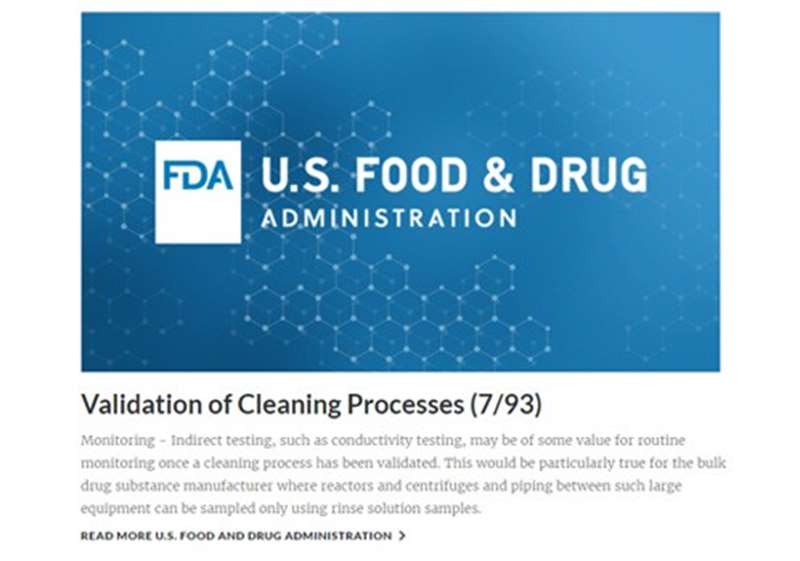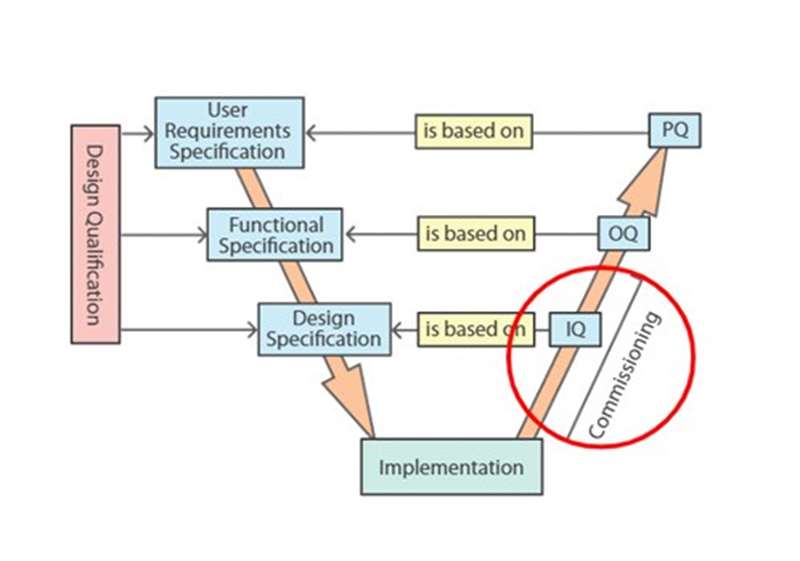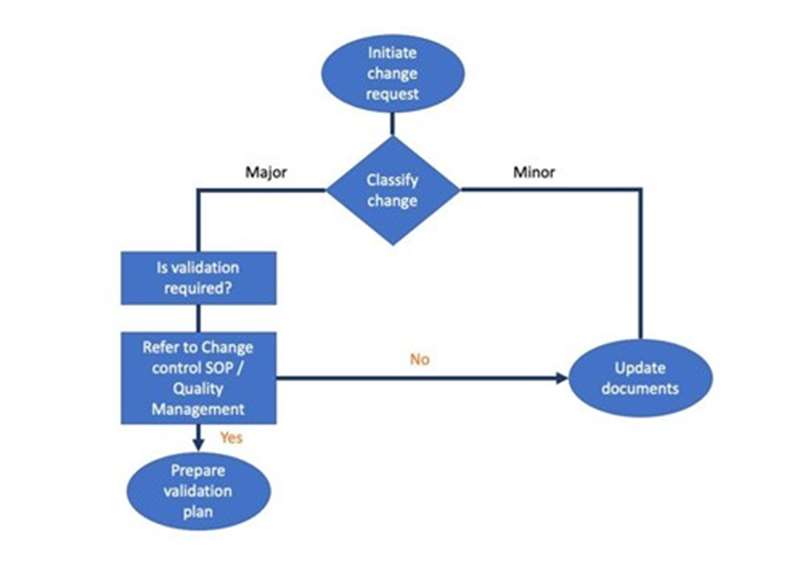Learning Objective
Packaging operations constitute the last manufacturing step before release of a product to the market. They convert bulk product to the final product.
Packaging for medicinal products is subject to Good Manufacturing Practice rules similar to those for the products themselves. In this module we describe the functions that packaging must fulfil and the quality controls that are applied to packaging materials and operations. We set out the requirements for control of printed materials. We describe preparation, in-process control, and completion of a packaging run. Finally, we explain how to carry out reconciliation of packaging materials.
Who will benefit from this module?
This module provides essential training for all personnel who work on the packaging of medicinal products. Other staff working in a manufacturing environment in the pharma/biotech industry will also benefit from this module.
Learning Objectives
- Describe the functions of packaging and give examples of controls applied to packaging materials and operations to provide assurance of quality
- Specify requirements for control of printed materials
- Adopt good practice in the preparation, in-process control, and completion of a packaging run
- Explain how to carry out reconciliation of packaging materials
Module Outline
Module overview - An outline of the module’s scope and objectives, and notes on terminology.
Packaging quality - Packaging, or container-closure, systems must contain and protect the product from spoilage, preserve its stability, and provide evidence of tampering as required. Labelling must provide the correct information about the product, its storage requirements, and its use. Information that allows the distribution of batches to be traced should be included, and measures to defeat counterfeiters are increasingly required. Packaging quality affects product quality, so packaging materials, systems, and operations are subject to quality assurance requirements that are similar to those for starting materials and products. Controls must be in place to provide assurance that packaging fulfils its various functions. In this session we set out those functions and sketch examples of the kinds of controls that are necessary.
Control of printed materials - Control of printed materials is an especially important part of packaging operations. All information on packaging materials and inserts must correctly apply to the product and batch. Mislabelling/misbranding of a drug is a very serious error. In this session we describe controls applied to printed materials at the printer, on receipt of inward goods, and in storage, issue, and return to store. We outline how variable data such as batch numbers and expiry dates can be coded on packaging materials. Finally, we emphasise the importance of reconciliation of printed materials.
The packaging run - A packaging run is subject to controls similar to those for the processing of product. Checks must be carried out beforehand, in-process and other quality controls need to be applied during the run, all operations must be recorded, and cleaning needs to be done afterwards. In this session we identify documents that need to be followed for the run, we describe line clearance and set-up tasks, and we discuss in-process controls and statistical quality control.
Reconciliation of materials - Reconciliation of materials is an important control for packaging operations. In this session we describe the reconciliation of quantities of product and of printed matter.
Assessment - Multiple-choice mastery assessment.





